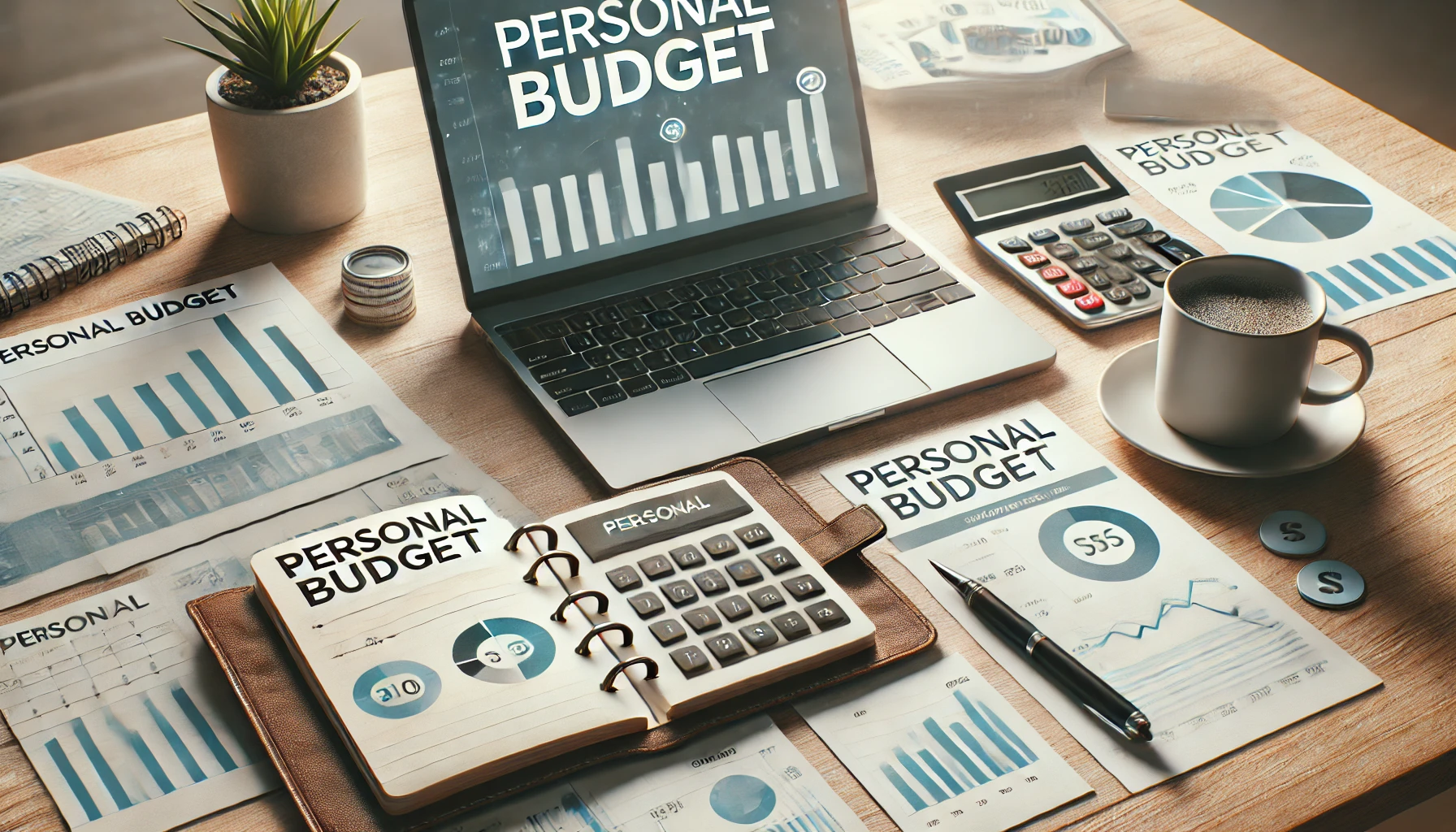Managing your money wisely starts with a well-structured budget. A personal budget helps you track your income, control expenses, and ensure you are saving for future goals. Without one, it is easy to overspend and struggle financially. The good news is that budgeting does not have to be complicated. In this guide, you will learn five simple steps to create a budget that works for you and helps you achieve financial stability.
1. Calculate Your Total Income
The first step in creating a budget is knowing how much money you earn each month. This includes:
- Your salary after taxes
- Freelance or side income
- Rental income or passive earnings
- Any government benefits or financial support
If your income varies, calculate an average based on the last six months. Having a clear understanding of your earnings is crucial to planning your expenses effectively.
2. Track and Categorize Your Expenses
To control your spending, you need to know where your money is going. Start by listing all your monthly expenses and dividing them into three categories:
A. Fixed Expenses (Essential Needs)
These are necessary and recurring costs that do not change much each month:
- Rent or mortgage
- Utilities (electricity, water, internet)
- Insurance (health, car, home)
- Loan or credit card payments
B. Variable Expenses (Flexible Costs)
These expenses change based on your habits and lifestyle choices:
- Groceries
- Transportation (gas, public transit, ride-sharing)
- Entertainment (restaurants, movies, streaming services)
- Shopping (clothing, electronics, gifts)
C. Savings and Investments
This is the portion of your income that goes towards securing your financial future:
- Emergency fund contributions
- Retirement savings (401k, IRA, or other investments)
- Debt repayment beyond the minimum payments
Tracking your spending for a month will help you see patterns and identify areas where you can cut back.
3. Set Spending Limits and Financial Goals
Once you have a clear picture of your income and expenses, it is time to set limits. A great budgeting method is the 50/30/20 rule:
- 50% for needs – Rent, bills, groceries, and essential expenses
- 30% for wants – Entertainment, travel, and non-essential shopping
- 20% for savings and investments – Emergency funds, retirement, and debt repayment
If your spending does not fit this structure, adjust the percentages based on your priorities. The key is to ensure you are not overspending in one category while neglecting savings.
4. Automate Your Budget for Consistency
One of the best ways to stick to your budget is to automate your financial habits:
- Set up automatic bill payments to avoid late fees
- Schedule automatic transfers to your savings account each month
- Use budgeting apps like Mint, YNAB, or Personal Capital to track spending
Automation makes budgeting effortless and helps you build financial discipline.
5. Review and Adjust Your Budget Regularly
A budget is not something you set and forget. Your financial situation will change over time, so reviewing your budget every month is essential. Ask yourself:
- Am I staying within my spending limits?
- Can I increase my savings or investments?
- Are there any new expenses I need to include?
If necessary, adjust your budget to fit your current needs and long-term financial goals. The goal is progress, not perfection.
Conclusion: Take Control of Your Finances Today
Creating and maintaining a personal budget is a powerful step toward financial freedom. By tracking your income, controlling expenses, and prioritizing savings, you will gain control over your finances and reduce money-related stress.
Start today by listing your income and expenses, setting financial goals, and making small but meaningful changes. The sooner you take action, the sooner you will see results!
